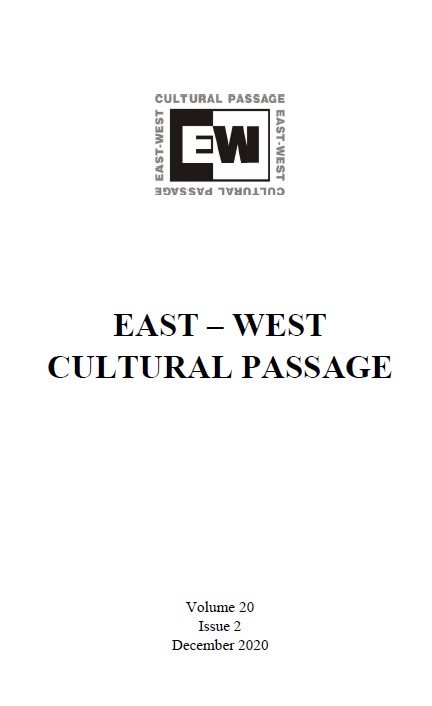The Image of the River in Kazuo Ishiguro’s A Pale View of Hills
The Image of the River in Kazuo Ishiguro’s A Pale View of Hills
Author(s): Ria TaketomiSubject(s): Military history, Other Language Literature, Studies in violence and power, WW II and following years (1940 - 1949)
Published by: Editura Universitatii LUCIAN BLAGA din Sibiu
Keywords: the river; ghosts; Nagasaki; memories; transience of life; death;
Summary/Abstract: This essay focuses on the theme of the river in Kazuo Ishiguro’s A Pale View of Hills which will be analyzed in relation to the nuclear devastation of WWII. Rivers have a special meaning to the inhabitants of Nagasaki since the rivers were filled with the corpses of people who were exposed to radiation after the atomic bombing. It is also known in Nagasaki that unidentifiable fireballs called onibi float over marsh ground at night in summer. Especially in his first novel, A Pale View of Hills, the river evokes the image of Sanzu No Kawa, a river which, in Japanese Buddhism, the souls of the dead are believed to be crossing on the seventh day of afterlife. The river imagery signifies the boundary between life and death, and it has been used as a metaphor for the transience of time. As such, the river displays an ephemeral texture. In A Pale View of Hills, the protagonist Etsuko reminisces about her days in Nagasaki. In her memories, she becomes friends with Sachiko and her daughter Mariko. One night, Mariko confesses to Etsuko that she sees a ghostly woman coming from the other side of the river. Ishiguro also writes about the rivers in other novels. For example, in Never Let Me Go, he uses the river as a metaphor for Kathy and Tommy’s fate. In The Buried Giant, at the end of the novel, Axl sets Beatrice free and lets the boatman carry her alone to the island, which can be read as Beatrice’s departure from life.
Journal: East-West Cultural Passage
- Issue Year: 20/2020
- Issue No: 2
- Page Range: 74-93
- Page Count: 20
- Language: English
- Content File-PDF

